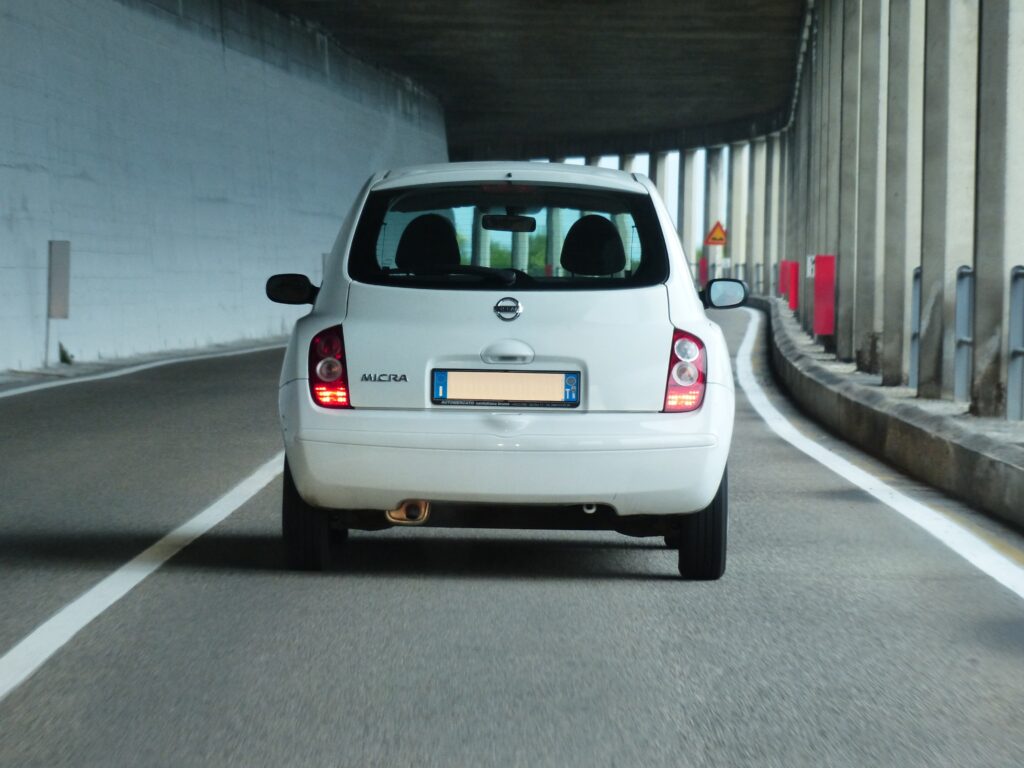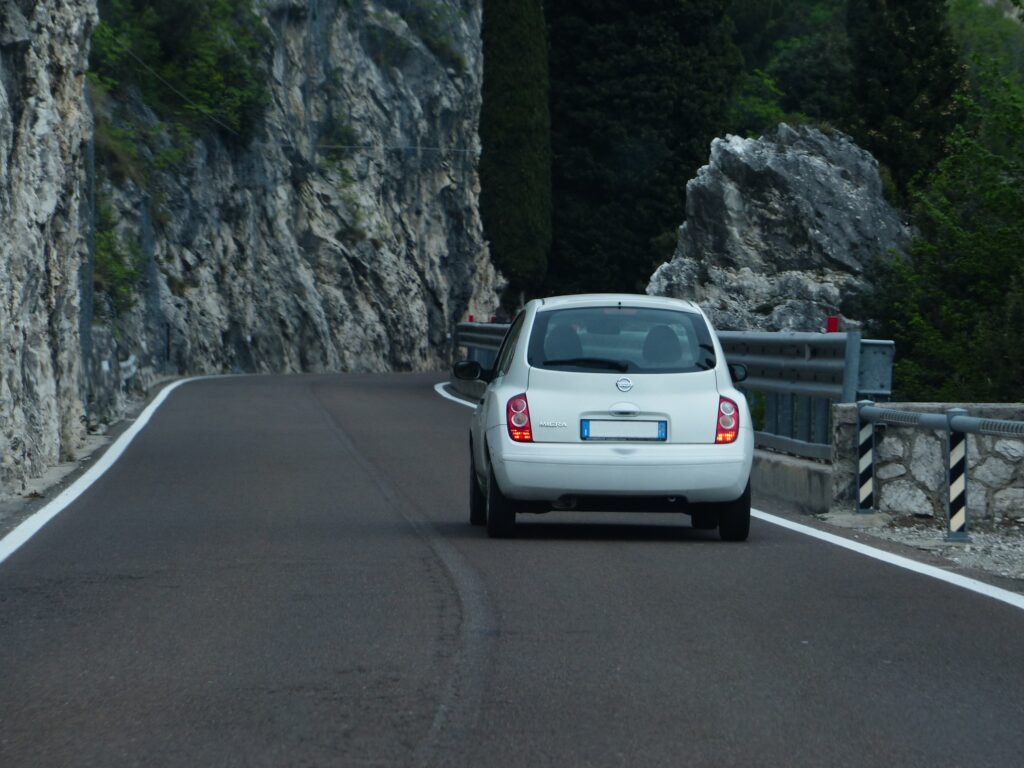As our cities grow denser, the quest for efficient and sustainable transportation becomes more crucial. “Ride Smart Auto” isn’t just a service—it’s a movement towards a smarter, more environmentally friendly way to travel within our urban landscapes. In this article, we delve into how Ride Smart Auto is changing the game for commuters and the benefits it offers.
Understanding Ride Smart Auto
Ride Smart Auto is a concept that encapsulates the future of urban transportation. It refers to the use of intelligent vehicles that are designed for efficiency, comfort, and reduced environmental impact. But what exactly makes an auto service “smart”?
Key Features of a Smart Auto Service
- Eco-Friendly: Utilizing electric or hybrid vehicles to minimize carbon emissions.
- Tech-Enhanced: Features like GPS tracking, app-based controls, and real-time data analysis.
- User-Friendly: Easy to use platforms for booking, payment, and customer support.
- Cost-Effective: Affordable pricing models that compete with traditional transportation methods.
The Benefits of Using Ride Smart Auto
Ride Smart Auto services aren’t just about getting from point A to B; they’re about upgrading the entire experience of urban travel.
Commuting with Convenience
- Accessibility: Find and book a ride with a simple tap on your smartphone.
- Flexibility: On-demand services that adapt to your schedule, not the other way around.
- Comfort: Enjoy clean, well-maintained vehicles for a pleasant journey.
Environmentally Responsible Travel
- Reduced Emissions: By choosing electric or hybrid options, you’re contributing to cleaner air.
- Sustainable Choices: Supporting services that prioritize the environment over profits.
The Economic Advantage
- Cost Savings: Ride Smart Auto services often offer competitive rates, saving you money in the long run.
- Economic Incentives: Possible tax benefits and incentives for using eco-friendly transport modes.
How Riding Smart Auto is Shaping Future Cities
The impact of smart auto services extends beyond individual benefits. They play a significant role in how our cities evolve.
Decongesting Urban Centers
- Reduced Traffic: Ride-sharing options can mean fewer cars on the road.
- Efficient Routing: Smart autos use data to avoid traffic snarls, reducing overall congestion.
Supporting a Greener Urban Infrastructure
- Electric Vehicle (EV) Charging Stations: The rise of smart autos encourages the installation of more EV stations.
- Integration with Public Transport: Creating a seamless link between different modes of transport.

The Challenges Ahead for Smart Ride
Despite the clear advantages, there are hurdles that Smart Auto must overcome.
Technological and Infrastructural Hurdles
- Scaling Up: Expanding the fleet while maintaining service quality.
- Charging Infrastructure: Ensuring there are enough charging points to meet demand.
Regulatory and Market Challenges
- Policy Support: Gaining the necessary legislative backing for innovative transport solutions.
- Competition: Standing out in a market with established ride-sharing and auto services.
The Road Ahead: What to Expect from Ride Smart Vehicle
As we look to the future, there are several developments we can anticipate in the realm of smart auto services.
Innovations on the Horizon
- Autonomous Vehicles: The integration of self-driving cars into the ride smart leet.
- AI Optimization: Using artificial intelligence to further enhance routing and customer service.
Expanding the Reach
- Global Footprint: Taking the Ride Smart Auto concept to new cities and countries.
- Diverse Fleet: Incorporating different types of vehicles to cater to various needs.
The Ultimate Defender Against Relay Attacks
A Smart Keyless keeper is an electronic chip that is installed in the key fob and covers the battery from both sides and the motion sensor detects the motion to turn it on or off. It is specially designed as a blocker for keyless boosters which are widely used for hacking, they interfere with communications between automobile and key fob, mimic signals and help criminals for a keyless relay attack. is an outstanding invention against a key fob relay attack because it acts against the unethical device participating in this attack. Tool consists of a 3D motion sensor, LED indicator, microprocessor, and flexible base. It effectively deactivates the key fob when it is motionless to make sure that crooks cannot steal your car when you sleep.
Conclusion
Ride Smart Auto is more than a buzzword; it’s a transformative approach to city travel. By embracing smart technology, eco-friendly practices, and user-centric design, services are setting the stage for a new era of urban mobility. Whether it’s through convenience, environmental responsibility, or economic benefits, these services promise a smarter, cleaner, and more efficient future for all.











